Skip to content
Tasks [1]Reports [2]Assignees Settings [3]
The General Filter element [1] can filter tasks by name, priority, status, task type, and soft assignee. Pressing the “f” key will focus the cursor on the General Filter element.Clicking on the Filter icon [2] opens the Advanced Filter menu on the right.For quick column filtering [3], click on the sandwich menu in the column header.
Quick Precision is useful for scheduling around 500-2000 tasks, taking only 25 seconds.Precise is ideal for large projects with thousands of tasks and takes about 5 minutes.Custom allows you to manually set the optimization time, with a maximum of 59 minutes. However, in most cases, 1–10 minutes should be sufficient.
Overview
Soko Scheduler is a tool designed to simplify task planning and resource management by automatically scheduling tasks, optimizing resource allocation, and ensuring that deadlines are met efficiently.
Scheduling Logic
Tasks are scheduled based on priority, deadline, and available start date. Higher-priority tasks are scheduled before lower-priority ones. The Scheduler assigns tasks based on the assignee's skill type and skill level, recommending the most suitable person for each task.
Tasks can also be assigned manually to specific assignees. If not assigned manually, the Scheduler automatically selects the most suitable person based on the task's type and complexity.
Only active tasks are included in the scheduling process. Tasks marked as discarded, under review, or completed are excluded.
Getting Started
To begin using Soko Scheduler, select the desired project from the menu[1]. The main table displays folders and tasks along with their attributes, such as priority, status, and deadline[2].


At the top of the interface, three tabs are available:
SINGLE/MULTI tab [4] allows users to choose whether to or focus on a single project scheduling.


Initial Data Loading
Upon opening the Scheduler for the first time, it loads data from the selected project. If adjustments have been made and you want to revert to the original project data, right-click on “Current Scenario” and select “Load from Project”. This action reloads the input scheduling data, such as priority, assignees, complexity, and deadline, from the project.


If any scenarios have been previously scheduled, they can be reloaded for review or adjustment by simply clicking on the saved scenario.


Filtering
For further customization, filters can be applied to focus on specific aspects of the project, allowing users to view and manage particular tasks.

Task Dependencies and Time Tracking
Tasks can be to ensure that dependent tasks are scheduled in the correct order. The Scheduler dynamically adjusts remaining hours based on the time already spent on each task.
Calculating Schedules
After setting the input attributes such a planned hours, available to start, deadline or Assignee, the Scheduler can calculates the start and end dates for tasks, taking into account user availability, such as vacations or other commitments. Once all attributes are set, click the "Schedule" button.


The Schedule General dialog window will open, allowing you to set the Reserve[1] for each scheduled task. For example, setting it to 10% will extend the planned duration of each task by 10%.
Calculating the optimal schedule takes some time. You have three options for setting the scheduling duration[2]:
In Scheduling Range[3], you can define whether all project tasks are scheduled or only those within a specific time frame. For example, selecting This Month will schedule only tasks with a start or end date within the current month. This helps speed up scheduling and allows for quick rescheduling of specific task ranges. You can run the scheduler for all tasks once a week, then reschedule tasks for the current week each morning. If priorities change during the day, you can quickly adjust the schedule for the current day’s tasks.
Once all is set, click the Next button[4].


Error Checking
The Scheduler performs checks for errors, such as missing skill types or levels and tasks with no planned hours. Any potential issues are highlighted for correction before proceeding.
Reviewing Schedules
Once the schedule is generated, task assignments, user allocation, and timelines can be reviewed. The tab provides insights into how tasks and hours are distributed, with options to filter information by person or task type for more detailed analysis. Tasks that extend beyond their deadlines are highlighted for further adjustment.
Saving and Applying Scenarios
Different scheduling scenarios can be saved[1] for comparison or future use. Once a satisfactory schedule is achieved, project data can be updated with the selected scenario. To apply the current scheduling plan to the live project, right-click on the scenario and select "Update project with scenario data"[2].

Want to print your doc?
This is not the way.
This is not the way.

Try clicking the ⋯ next to your doc name or using a keyboard shortcut (
CtrlP
) instead.